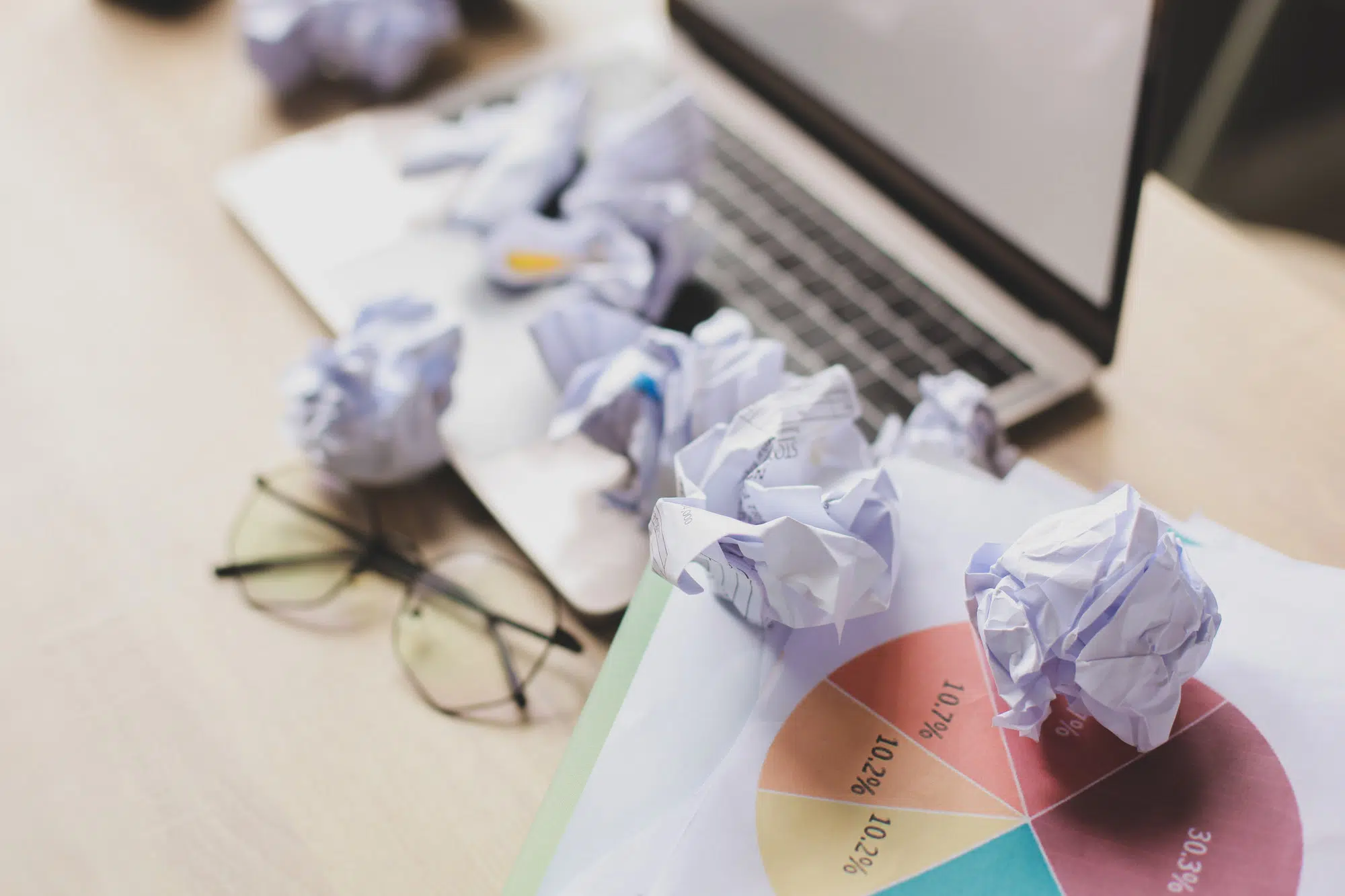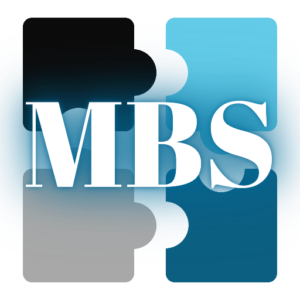Welcome back to our small business accounting series! We’ve already explored the essentials of setting up and maintaining your accounting system. Now it’s time to tackle an area that can make or break your bookkeeping: managing business expenses and receipts. Proper expense management is not only crucial for accurate financial records but also for optimizing your tax deductions. Let’s dive into some tips and strategies to keep your expenses in check and your receipts organized.
The Importance of Tracking Business Expenses
- Accurate Financial Reporting: Properly tracked expenses lead to accurate financial statements, helping you gauge your business’s profitability and financial health.
- Tax Deductions: Keeping detailed records of business expenses ensures you can claim all eligible tax deductions, reducing your taxable income.
- Budgeting and Forecasting: Knowing where your money goes allows you to create realistic budgets and forecasts, helping you make informed financial decisions.
- Cash Flow Management: Monitoring expenses helps you control spending and manage your cash flow more effectively.
Best Practices for Managing Business Expenses
- Separate Personal and Business Finances: Use dedicated business accounts and credit cards to avoid mixing personal and business expenses.
- Record Expenses Promptly: Enter expenses into your accounting system as soon as they occur to avoid forgetting or misplacing receipts.
- Categorize Expenses: Organize expenses into categories (e.g., travel, office supplies, marketing) to make reporting and analysis easier.
- Use Technology: Leverage expense tracking apps and accounting software to automate and simplify the process.
Organizing and Storing Receipts
- Digital Receipt Management: Use apps to capture and store digital copies of receipts, reducing clutter and making retrieval easier.
- Paper Receipt Organization: If you must keep paper receipts, store them in a dedicated folder or envelope, and consider scanning them as a backup.
- Regular Audits: Periodically review your receipts and expenses to ensure everything is recorded accurately and in the correct categories.
- Consistent Labeling: Label digital and physical receipts with relevant details such as date, vendor, and purpose to facilitate easy identification.
Utilizing Technology for Expense Management
- Expense Tracking Apps: Tools like Expensify, Zoho Expense, and QuickBooks make tracking and managing expenses a breeze by allowing you to scan receipts, categorize expenses, and integrate with accounting software.
- Automated Expense Reports: Many apps and software offer automated expense report generation, saving you time and reducing errors.
- Real-Time Syncing: Choose tools that sync with your bank accounts and credit cards to automatically import transactions and streamline reconciliation.
- Cloud Storage: Use cloud storage solutions to securely store digital receipts and ensure they’re accessible from anywhere.
LET'S DO THIS!
How To Get Started
INQUIRY FORM
Review our services and apply for the service that best suits your needs. We will review your application and reach out with a link to schedule your Discovery Call.
DISCOVERY CALL
During the discovery call, we will discuss your needs and responses to the inquiry form to better understand your needs and goals and assess whether our services are a good fit.
ONBOARDING
Once we’ve determined the best service for you, we’ll begin the onboarding phase and get further acclimated with your business. We’ll talk through the ways we can integrate with your systems and our recommendations for best practices.
PARTNERSHIP
Our ongoing services are a year-round partnership, so we’ll be by your side to relieve your accounting and tax fears. That way you can focus on the parts of your business that you enjoy most!




